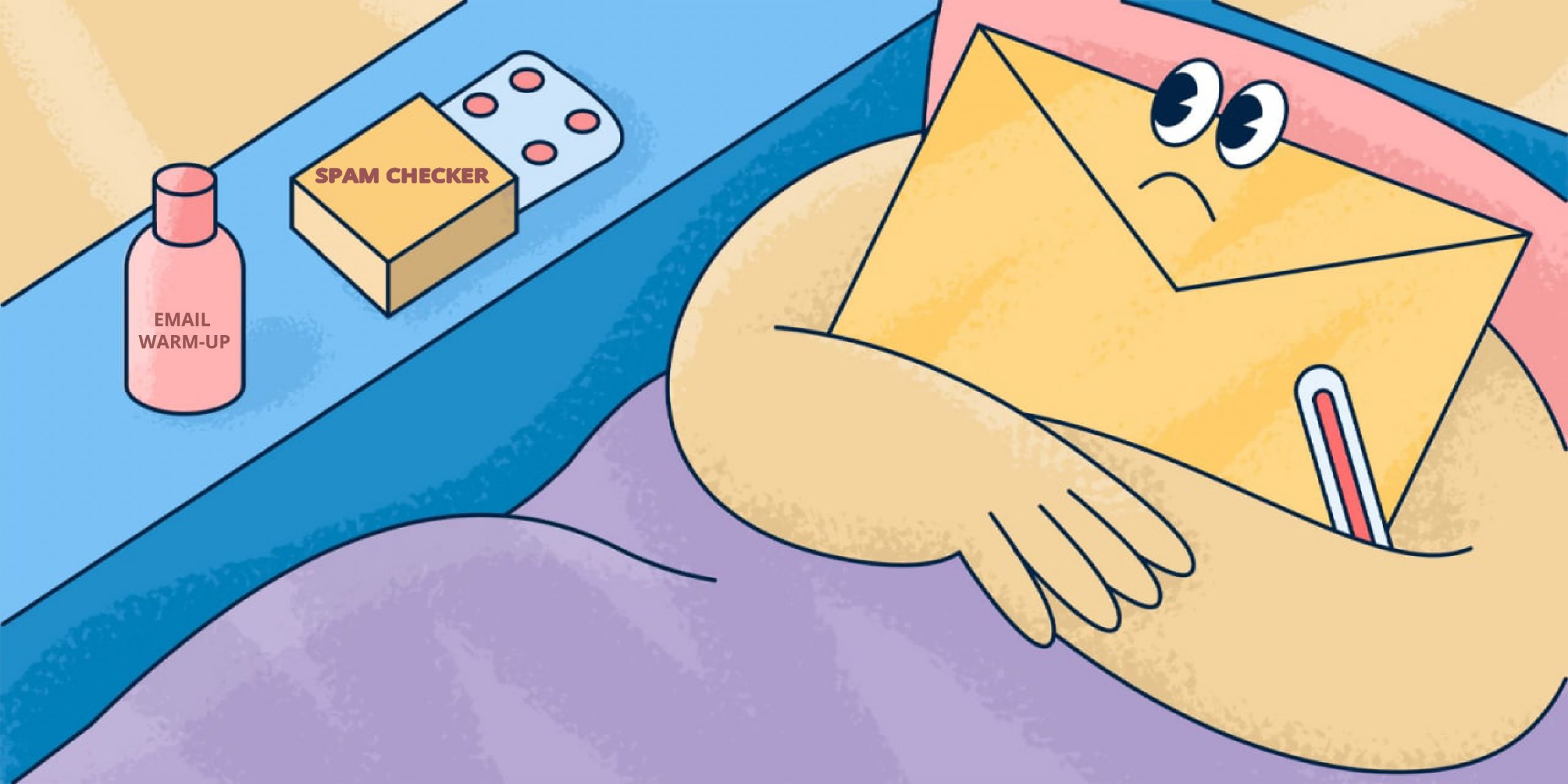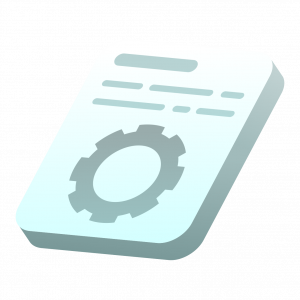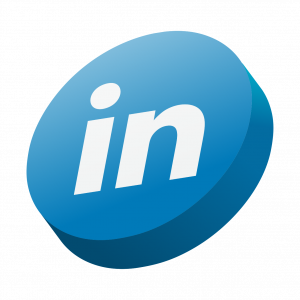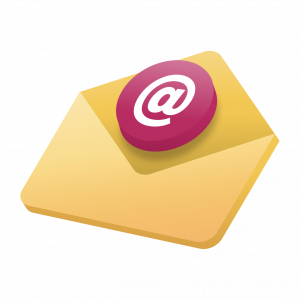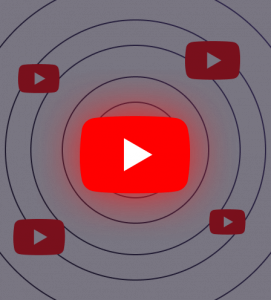February 22 2024
Is LinkedIn Premium Worth It? An In-depth Analysis
Is LinkedIn Premium worth it? Here’s the comprehensive answer to this question with a close look at what LinkedIn Premium offers, how much it costs, and whether it delivers enough value for businesses, salespeople, job seekers, and HR.

